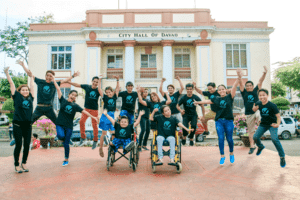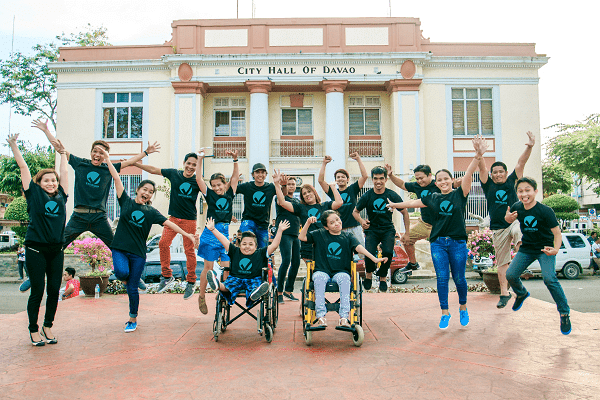- Microsoft with other organizations aim to increase employability for people with disabilities in Asia Pacific with the launch
- UN claims disability-inclusive employment can lead to 1-7% rise in Asia-Pacific GDP
- The company will teach on softwares like Microsoft Azure and Github

The Microsoft Enabler Program launched today pioneers disability inclusive workplaces across Asia Pacific by removing the barriers for a more diverse workforce. According to UN, with more than 1 billion people with disabilities (PwDs) in the world, disability-inclusive employment is expected to show 1-7% rise in GDP in Asia Pacific through increased economic productivity.
The program is expected to pilot in five markets: Korea, New Zealand, Philippines, Singapore, and Thailand, before expanding to the rest of the region by the end of 2020.
Inclusion Drives Innovation
“In today’s workplace, it is imperative that we include everyone, and accessibility is the vehicle to inclusion. It is a responsibility and an opportunity. There are no limits to what people can achieve when technology reflects the diversity of everyone who uses it,” said Vivek Puthucode, Chief Partner Officer at Microsoft in Asia Pacific. “Inclusive organizations outperform their peers and attract and keep top talent, and we have seen how inclusion drives innovation”.
“At the heart of the Microsoft Enabler Program is a comprehensive accessibility model that will not only improve inclusion of people with disabilities across Asia Pacific for years to come; it also connects to local talent from underrepresented communities and improves our society,” continued Vivek.
“2020 has been a difficult year for everyone and when we look at the incredible number of businesses and governments who have pivoted to cloud with Microsoft in the region, tech roles and digital skills will be the backbone of the economic recovery every country. And one of the ways we can enable an inclusive recovery is by empowering every person and every business with technology skills,” he continued.
“Accessibility starts with building a culture of inclusion in the workplace. The more you focus on it, the more your culture will improve and evolve. The company culture and workplace environment are important elements of a successful accessibility program. At Microsoft, our vision and strategy of accessibility was to embed inclusive, accessible design into the fabric of the company. And we want to enable every organization to be inclusive,” concluded Vivek.
Skills and Knowledge
Microsoft will provide online training in data engineering and programming, cloud computing on Microsoft Azure and application development in GitHub to the PwDs. These modules will provide crucial technology skills that are globally recognized, and highly sought after in our digital first and remote everything world, therefore providing them with a learning path for industry leading skill sets that improves their employability. For the employer partners, Microsoft will conduct workshops on inclusive design and assistive technologies enabled through artificial intelligence on Microsoft Azure.
Organizations committed to the program will receive training from the Non-Profit organizations (NPOs) to become inclusive employers, and these businesses will in turn provide job shadowing, internships, mentoring and opportunities in tech jobs for PwDs identified by the NPO’s. Microsoft will provide industry required training in cloud & artificial intelligence, as well as a platform for all three to collaborate towards an inclusive future for every person.










